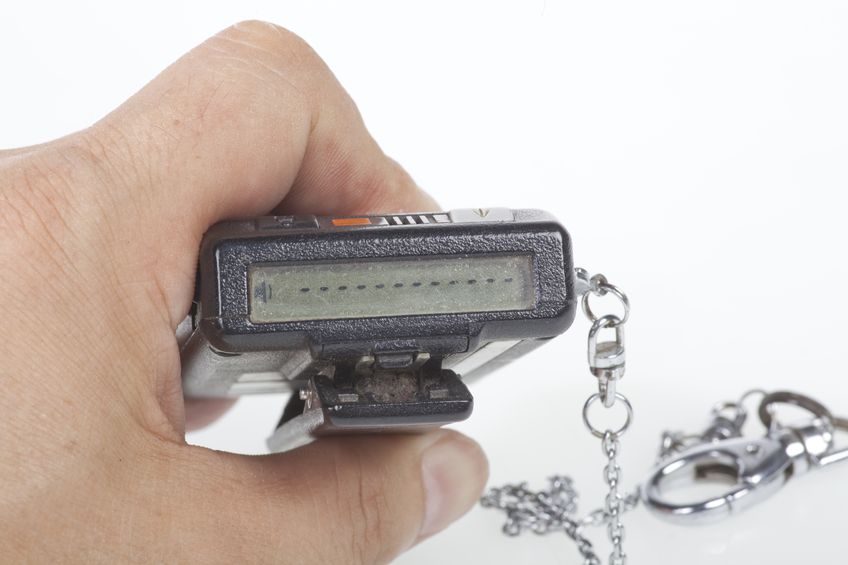Communities that have invested in WiFi and innovative technologies are using this as a selling point, not only to residents and their families but also to attract talent.
By Susan Saldibar
I didn’t know that many senior living communities were still using pagers. I must have asked Jacquie Brennan, VP of Operations for Vigil Health Solutions (a Senior Housing Forum partner), four or five times, “Wait, they’re still using pagers? Why?”
Anyone in senior housing knows why. It’s mainly an infrastructure issue. And a potentially expensive one at that. Jacquie patiently walked me through the challenges of retrofitting a 50,000 square foot community. You need repeaters every 60 feet or so, and the wires needs to go back to a central location. Plenty of physical wiring and access points and wrestling with ceiling tiles to feed wires through. (But I thought it was wireless. Bad joke, I know.)
Communication Technologies — Where Does Your Community Fit In?
Jacquie recently wrote an interesting article about the various communication technologies being used in today’s senior living communities. A couple were surprising to me. But, given the expense to retrofit for the latest technology, it’s not hard to see why they are being used as long as possible. Here they are:
-
Pagers: As Jacquie pointed out, “They are still fairly standard and they are reliable.” True, but they don’t allow much more than a basic one-way alert. Still they do the job in terms of assigning a specific aid or other team member to respond to a resident. But there are few other features to speak of.
-
Walkie Talkies: Unlike pagers they allow two-way conversation. Not widely used, the problems are obvious. As Jacquie points out in her article, “Listening to the crackle of static and other people’s conversations over walkie-talkies does little for maintaining a homelike environment.” And, the public nature of these devices does little to respect HIPAA privacy requirements. But they do allow a community to forestall putting in a wireless network, as they require little more than a central transmitter unit to operate.
-
Wireless phones (not to be confused with cell phones): These are more popular with communities that don’t want their employees checking their social media and texting to their friends all day. They are proprietary devices that can be restricted to communicate within the walls of the community, for some staff, or externally for others.
-
WiFi enabled devices: The more advanced call systems are now using WiFi enabled devices as an alternative to dedicated devices. This means your care staff can, not only receive call system alerts, but also use the same device for staff communication or to run other relevant apps such as electronic health record (EHR) software. Other advantages include the ability for staff to review calls that have already been answered or to notify coworkers they are on the way to a call so that not everyone is heading the same way at the same time.
I asked Jacquie what, if any, steps are being taken by senior care operators to upgrade their systems. “It can be challenging from an infrastructure standpoint, especially for existing communities,” she tells me. “But the pressure is on. Prospective residents and their families, like the rest of us, now expect WiFi everywhere they go. Communities who have invested in WiFi and innovative technologies are using this as a selling point, not only to residents and their families but also to attract talent,” she adds.
Vigil has created a Call System Device Comparison Chart, which includes pros and cons of various communications technologies, as well as budgetary information. You can download the chart here:
For more information on Vigil Health Solutions, visit their website by clicking the logo button below:
Download a PDF copy of this article by clicking on the button below:











